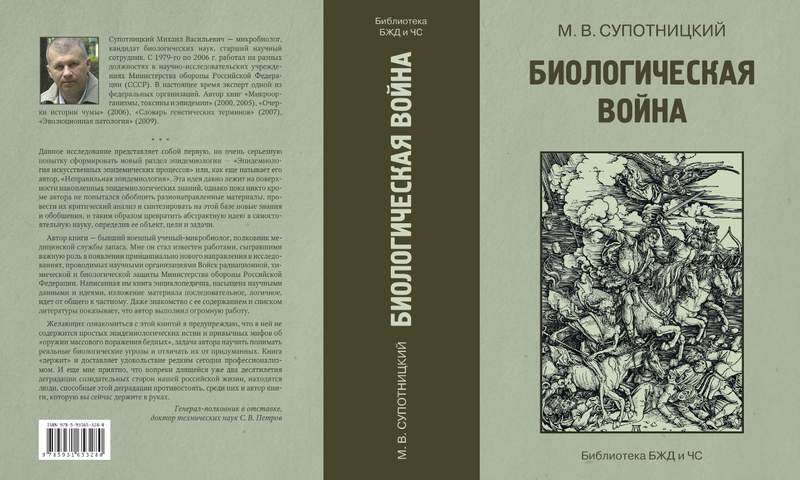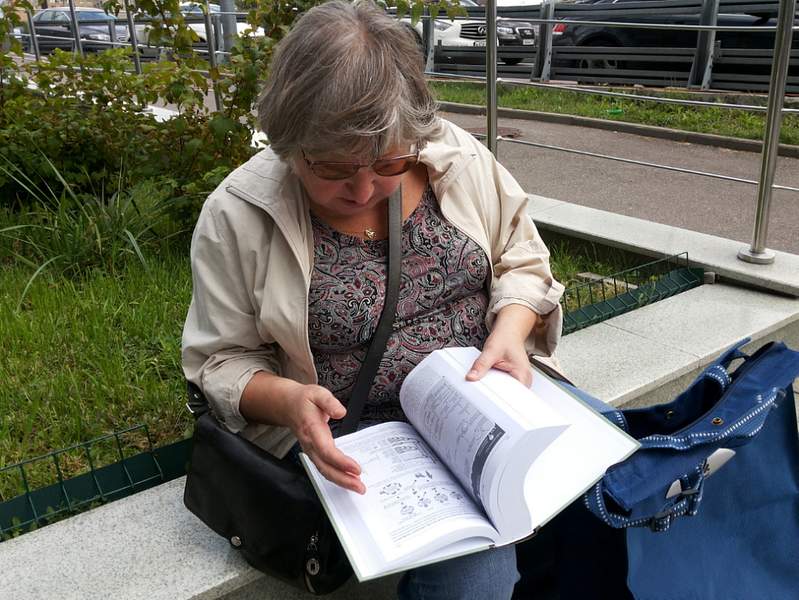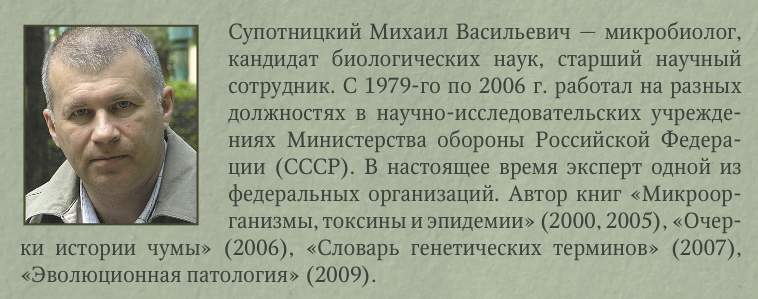A Friend Publishes a Book
September 8, 2023
Colonel Supotnitskiy has published his book Biological Warfare: Introduction to the Epidemiology of Artificial Epidemic Processes and Biological Lesions.
The colonel sent me a pdf of the cover. Click to enlarge.
He also included a photo of his wife Nadezhda seeing the book for the first time. She typeset the book, prepared all text, figures, and tables, working twelve hours a day for 45 days.
I love it when a friend publishes a book. This is actually the first time it’s happened. If I were Gore Vidal, I would’ve died a little. Gore apparently had so many successful friends that he finally died a lot. Like, 100 percent. They killed Gore! You bastards!
The colonel sent a review:
M. V. Supotnitsky. Biological Warfare: Introduction to the Epidemiology of Artificial Epidemic Processes and Biological Lesions. Monograph. Cathedra, Russkaja Panorama, 2013. 1136 pages.
The author is a Russian scientist, a former military microbiologist, and a reserve colonel of the medical service. The purpose of the work is to present the third form of epidemiology, the epidemiology of artificial epidemic processes, which develops as a result of the use of biological weapons or acts of biological terrorism. The monograph comprises three parts. The first is devoted to the history of biological warfare and biological terrorism.
The second part of the book covers the rationales for the epidemiology of artificial epidemic processes (termed by the author “improper epidemiology”). This part examines the object, purpose and objectives of improper epidemiology, provides a classification of biological threats which takes into account recent advances in genetics of microorganisms and the development of nanobiotechnology, and summarizes damaging biological agents. Further in this part, principles are considered of the epidemiological investigation of artificial epidemic processes and specific biological lesions. The methodology of detection of bioterrorist organizations is presented.
The third part of the book is devoted to the specifics of improper epidemiology in relation to epidemic outbreaks (poisoning) caused by micro-organisms (toxins) considered to be the most dangerous agents of biological warfare. The data are presented on the microbiology of these agents, their pathogenicity factors, taxonomy, origin, molecular epidemiology, ecology, natural epidemiology, infective (damaging) doses, distinctive features of genetically modified strains, and other information necessary to establish confirmation of the use of biological weapons or a biological terrorist act.
Diagnosis of artificial lesions by a biological agent is based on the comparison of the epidemiology, clinical manifestations, pathologic anatomy and pathomorphology that are characteristic of cases of the disease resulting from natural infection (poisoning) to those that may occur as a result of the deliberate introduction of the biological agent into the human body. Included are case records of people who were victims of natural or artificial infection (poisoning) and the results of simulating experiments on animals.
The book is intended for a broad range of scientists, physicians, health care and law enforcement officials, and is primarily aimed at professionals of the inaugural level, who are usually the first to face the consequences of acts of terrorism and sabotage.
Reviewer: S. V. Petrov, Ph.D., winner of the Lenin Prize in 1991, Colonel General in retirement. In 1989-1991, Chief of Chemical Troops of the USSR, 1991-2001 Head of Radiation, Chemical and Biological Defense Troops of the Russian Federation (Moscow).
When a friend publishes a book, I can’t help myself: I’m happy for him or her. Long before I published my own books, and I thought I was the literary equivalent of a septic tank, I was still happy when friends published books. I’ve never been comfortable in the literary world.
My brother Pat has some pretty amazing stories about the New York literarati. Maybe someday he and I can collaborate on a book. It’d be one of those laugh-through-your-spew deals.



